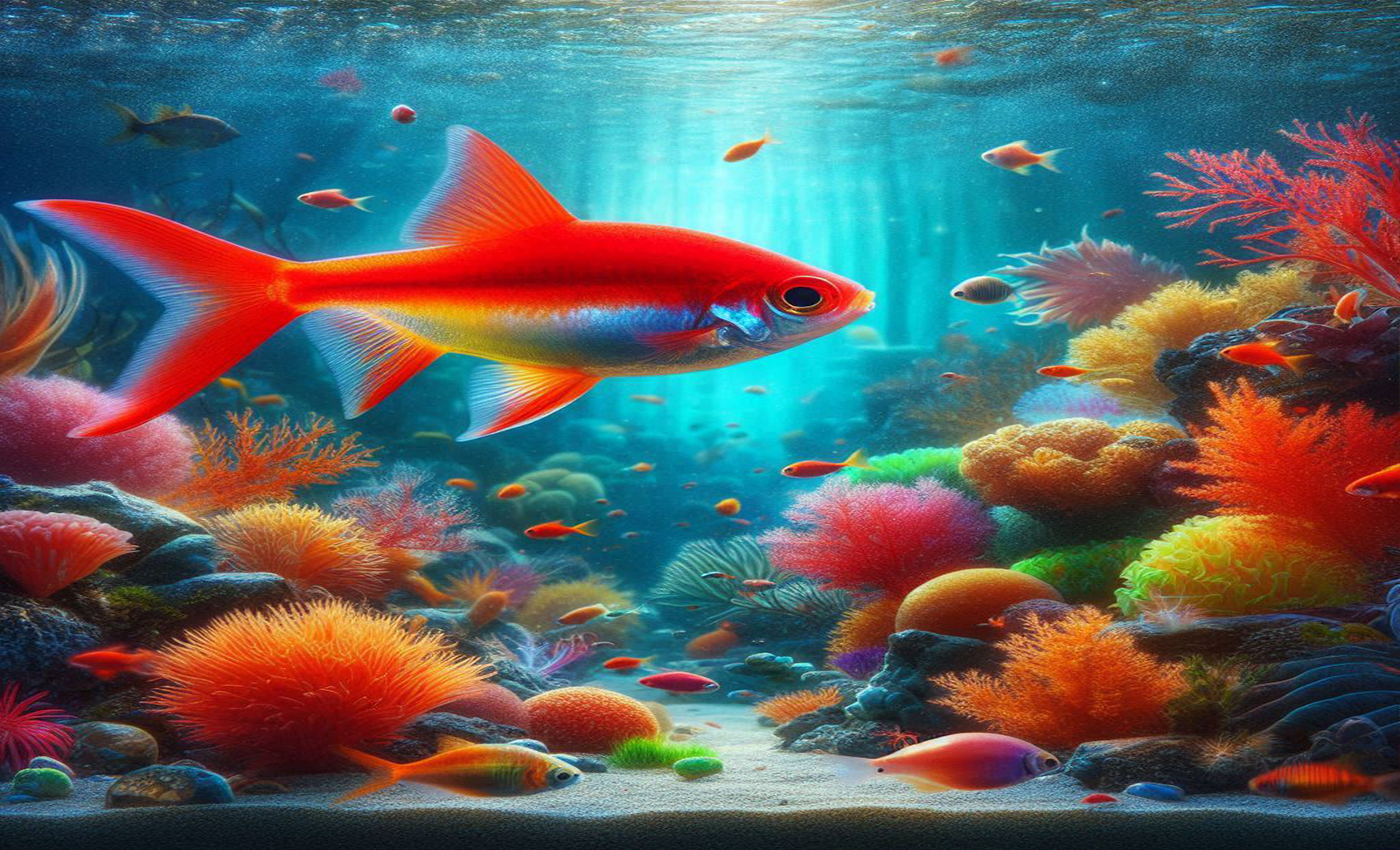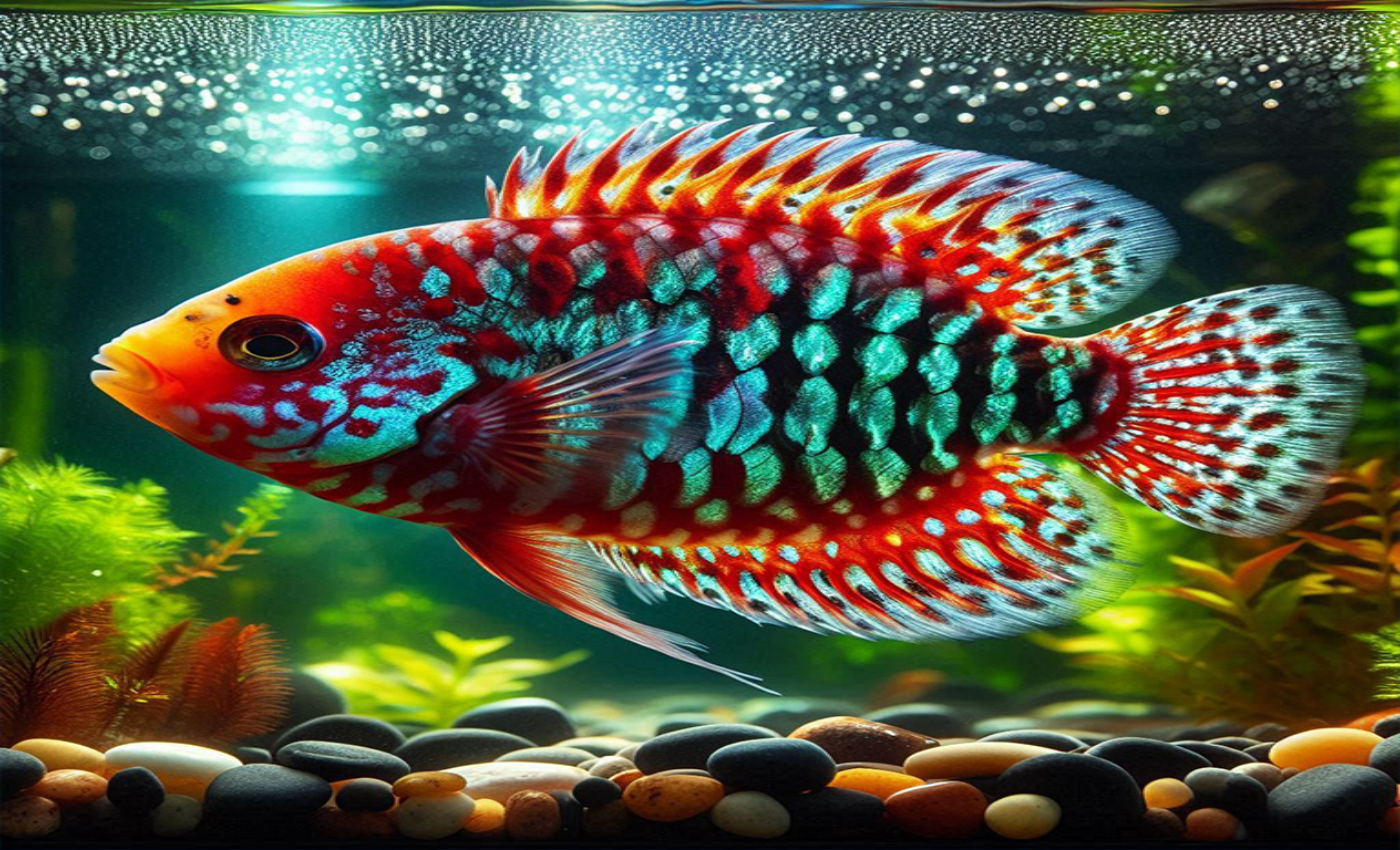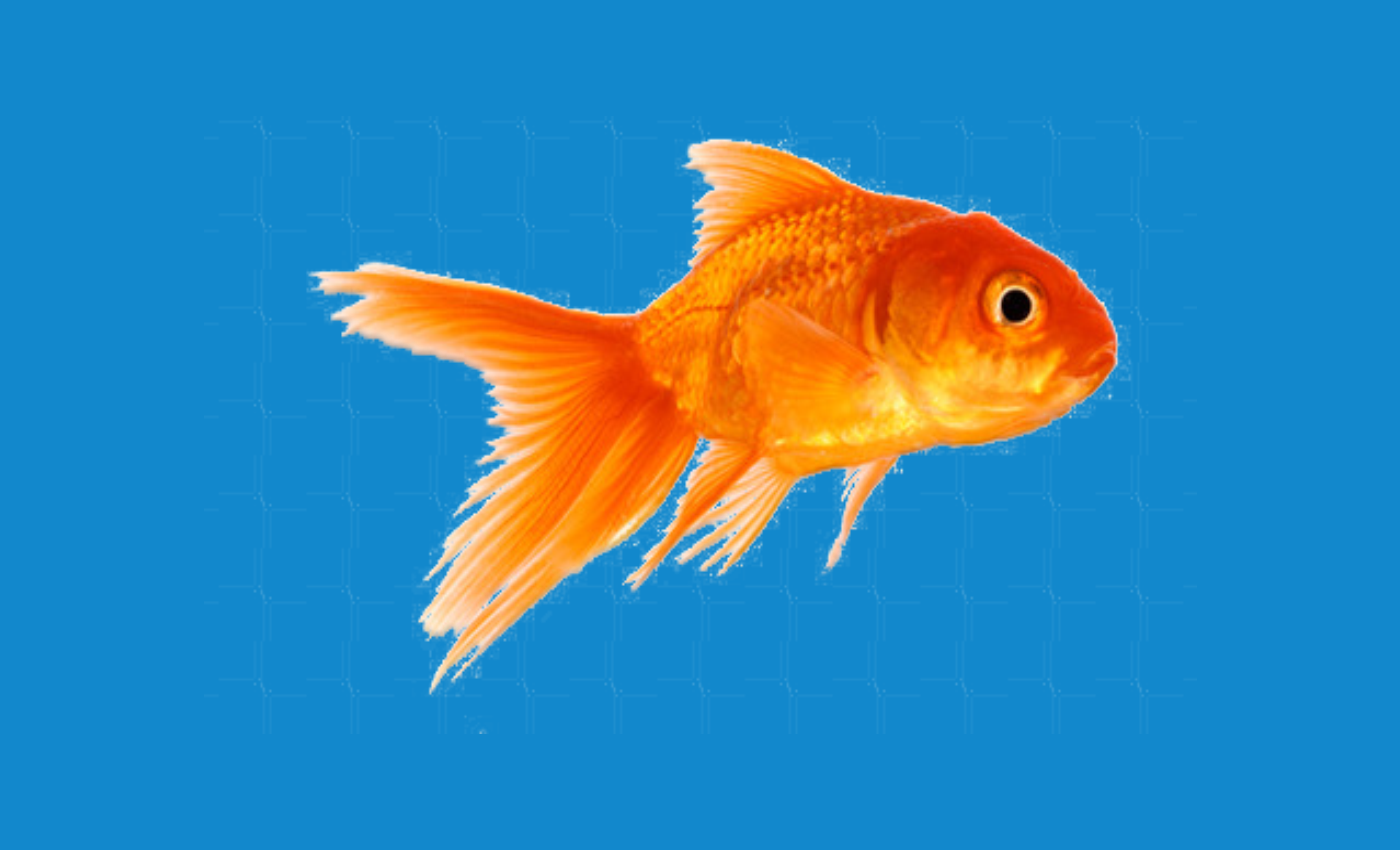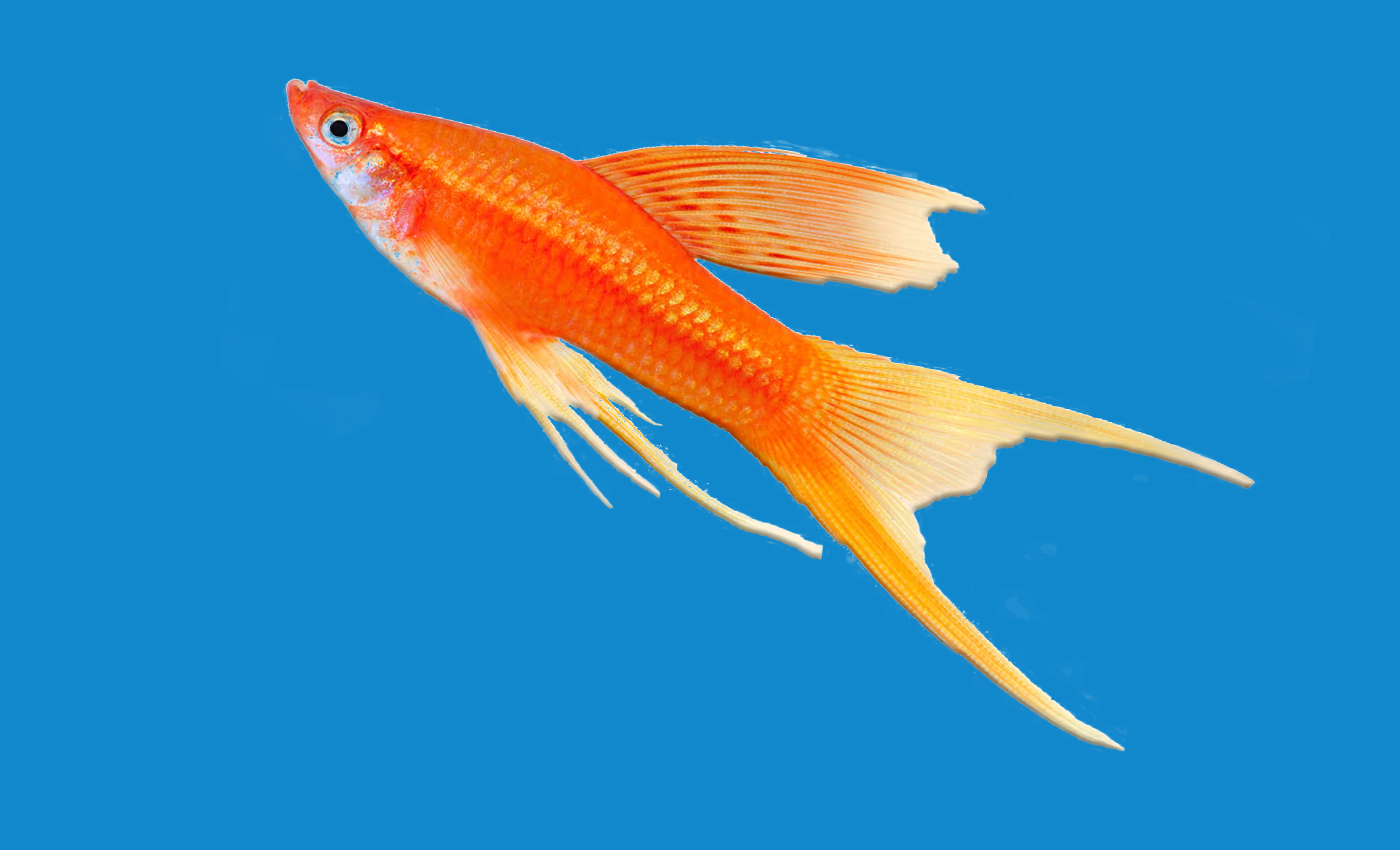Natural Habitat and Distribution
Originating from the Orinoco River basin in South America, Fire Tetra thrive in slow-moving coastal rivers, streams, tributaries, and creeks. In their natural habitat, they prefer densely planted areas with subdued lighting and dark substrate, such as river sand or fine gravel mixed with leaf litter and driftwood. These conditions mimic their native environment and provide essential hiding spots for these small, social fish.
Aquarium Requirements
Tank Setup
Creating a suitable environment is crucial for the health and well-being of Fire Tetra:
Tank Size and Design
Fire Tetras are relatively small, reaching up to 1.5 inches (4 cm) in length, making them suitable for smaller aquariums of at least 10 gallons. Larger tanks are recommended for keeping a school of these fish, as they are social and thrive in groups of six or more. Ensure the tank has plenty of plants, driftwood, and hiding places to mimic their natural habitat and reduce stress.
Water Parameters
Maintaining stable water conditions is essential:
- Temperature: Keep the water temperature between 75°F to 82°F (24°C to 28°C), replicating their tropical origins.
- pH Levels: Aim for a slightly acidic to neutral pH range of 5.5 to 7.5 to ensure optimal health and coloration.
- Water Hardness: Soft to moderately hard water is suitable for Fire Tetras. Regular water changes help maintain water quality and support their vibrant coloration.
Feeding and Diet
Fire Tetras are omnivorous and accept a variety of foods:
Recommended Foods
Offer a balanced diet of high-quality flake or pellet food supplemented with live or frozen foods such as bloodworms, daphnia, and brine shrimp. Feed small portions several times a day to accommodate their active feeding behavior and ensure all food is consumed promptly.
Behavior and Compatibility
Social Behavior
Fire Tetras are peaceful but can become skittish or territorial if kept in inadequate numbers or in the presence of aggressive tank mates. They thrive best in schools of six or more individuals, where they exhibit natural schooling behavior and feel secure.
Tankmates
Choose tankmates that are peaceful and compatible with their small size and gentle demeanor. Suitable companions include other small characins, tetras, rasboras, and peaceful bottom-dwelling species like Corydoras catfish and small loaches.
Frequently Asked Questions (FAQs)
1. How many Fire Tetras should be kept together?
Fire Tetras are social fish and should be kept in schools of six or more individuals to thrive. Larger groups promote natural behavior and reduce stress levels.
2. Can Fire Tetras live with other fish?
Fire Tetras are generally peaceful but may exhibit territorial behavior if kept in smaller groups or with aggressive tankmates. Adding more fish of their kind and providing ample hiding places can mitigate aggression.
3. What is the lifespan of Fire Tetras?
With proper care, Fire Tetras can live for about 3 to 5 years. Factors such as water quality, diet, and tank conditions significantly influence their longevity.
4. Do Fire Tetras require special water conditions?
Fire Tetras prefer slightly acidic to neutral water with temperatures between 75°F to 82°F (24°C to 28°C). Maintaining stable water parameters and performing regular water changes are essential for their health and well-being.
5. How can you enhance the color of Fire Tetras?
Providing a balanced diet rich in carotenoids and offering a stress-free environment with appropriate tank mates and optimal water conditions will enhance the vibrant coloration of Fire Tetras.
Conclusion
Fire Tetras are prized not only for their stunning coloration but also for their peaceful nature and ease of care, making them ideal for both beginner and experienced aquarists. By recreating their natural habitat and understanding their social needs and dietary preferences, aquarists can enjoy the beauty and vitality these small freshwater fish bring to their aquariums.




Post Comment